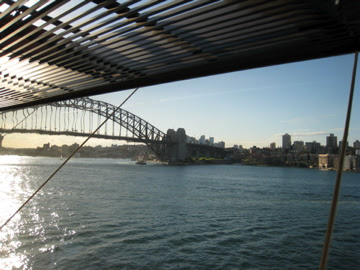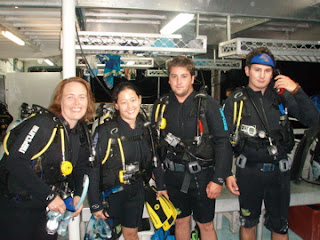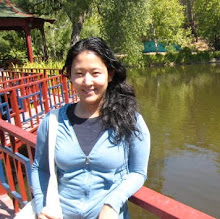
It’s hot in Darwin. Really hot. Any day like this in New York would be declared a heat wave, but in Darwin, this is the norm, at least until the dry season ends in late October. Darwin is a small and isolated town. For most visitors, it’s a departure point for Kakadu, one of Australia’s biggest national parks. For us, however, Kakadu would have to wait for another visit. Although it can be done in a day trip, we were just not up for the 3-hour drive to Kakadu nor spending a full-day in the stifling equatorial heat.
Despite Darwin’s remote location, it is modern and even sophisticated. At the suggestion of our excellent travel consultant at the
Tourism Top End information center, we took an evening harbor cruise on the Alfred Nobel, which included a delicious top-rate meal, gorgeous views of the coastline, and a breathtaking sunset.




On Monday, we set off on a day trip to Litchfield National Park with
Wallaroo Eco Tours (which, by the way, I highly recommend). Even though Litchfield is not as famous as Kakaku, it, apparently, is no less spectacular. However, before heading off to the park, we stopped at the Adelaide River to see the jumping crocodiles. These aren’t just any crocodiles, but the legendary Australian salties, which are extremely dangerous predators, as explained here.

Getting the crocs to jump out of the water entailed luring one with a big hunk of sashimi tied onto the end of a stick and bobbing the meat in an up and down motion in hopes that the salty will jump up and snatch the bait. Although a few of the salties we accosted rejected our food, these guys were hungry.



So was Hannibal, one of the largest resident salties in the Adelaide, who is about 5.5 M long and 70 years old (or so they think), and maybe just as scary as the Hannibal Lechter, the character after whom he was named.


After the crocodile cruise, our guide from Wallaroo, Louise, drove us down to Litchfield to show us the park’s main attractions, including its famous termite mounds. We saw two types of mounds, the cathedral mounds, which are built by the termites from the ground up with dirt and termite saliva,

and magnetic termite mounds, so called because they all face north-south to avoid the direct solar heat. According to Louise, the only place in the world in which magnetic termite mounds can be found is within 80 miles of Darwin.

We spent the rest of the day swimming in some of Litchfield’s famous freshwater swimming holes, including Florence Falls and Buley Rockhole.
























































